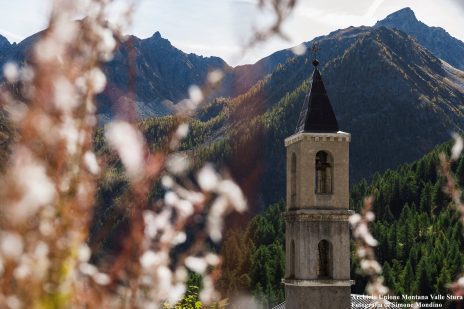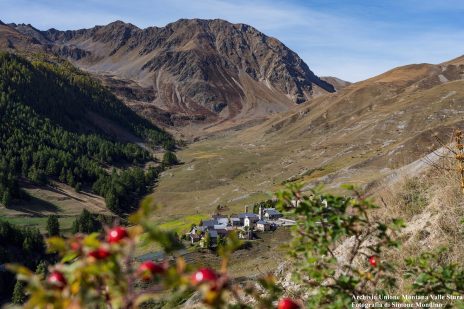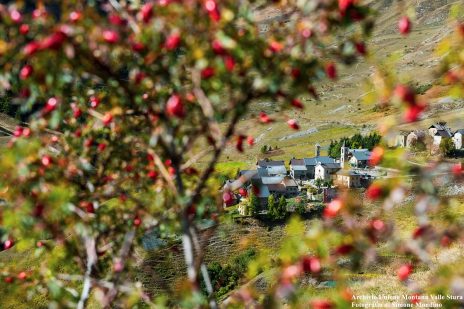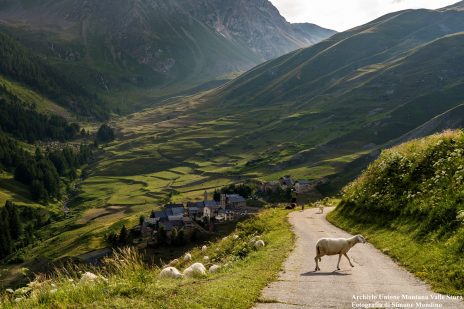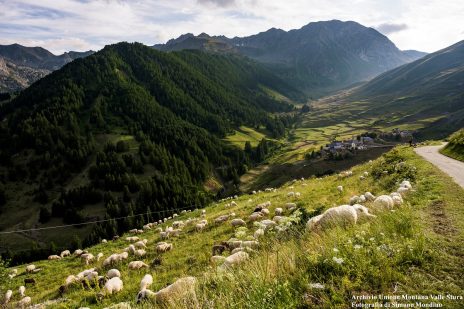Ferrere is a pretty hamlet of the municipality of Argentera located at 1900m above sea level in a large and sunny valley a few kilometers from Bersezio: once inhabited permanently, today there are many families in summer holidays at second homes.
This village is an excellent example of Alpine architecture: the houses are built with an extreme poverty of materials, yet very functional. The agglomeration has a rigorous structure based on the type of step house in the combination of rows with north-south exposure. At one time the roofs were made of straw or wooden shingles, today replaced with sheet metal.
There are two hypotheses for the toponym: one is linked to the presence of ferrous minerals; the other refers to the Latin “ferus“, ferocious, or impervious place.
Some of its houses, which still retain the typical wooden roofs, rise around the Parish of San Giacomo where the statue of the patron, erected between 1906 and 1909 in place of a previous church documented already in the seventeenth century, now collapsed. Of the ancient chapel/ shelter remains the impressive stone bell tower of 1827 – 28, located next to the cemetery.
Inside one of these characteristic houses – consisting of kitchen, bedroom and “soulìer” (a large room with wooden loft) – is set up the “Mizoun del Countrabandìer” that, through the exhibition of objects and tools, wants to tell the practice of smuggling, activities practiced by the inhabitants of the Upper Valley to supplement the scarce revenue during the winter.
The main smuggling merchandise was cattle: while cattle and mules came from France to be marketed in Italy, the Stura Valley has been since ancient times a valley dedicated to sheep herding thanks to the presence of the native Sambucana breed. The exchanges consisted in the purchase of sheep (mainly males of about a year), which the French smugglers would sell in the autumn at the Barcellonette market to farmers who would raise them to send them, in adulthood, to the markets of Paris.
This outlaw activity led young men to reach France facing dangerous paths at high altitude to sell and trade food but above all salt, tobacco, skins, with the risk of running into border guard controls.

